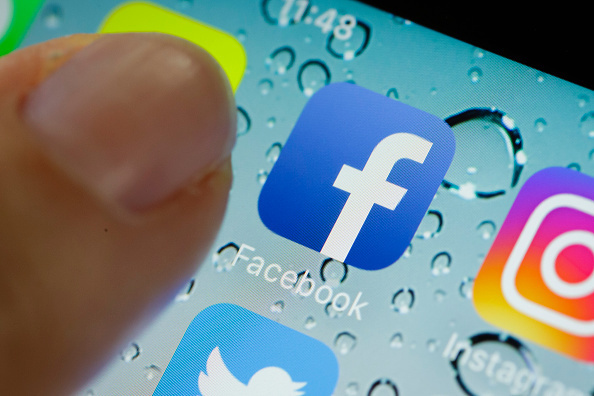What NOT to Do on LinkedIn

Jul 31 | 2018

Do you use LinkedIn or are you planning to set up a professional profile? Before you hop on board, be aware of what you shouldn’t use the business platform for and other ‘no-nos’ that could jeopardize your credibility or professionalism. Here are four ‘nots’ to look out for: Using an Unprofessional Photo This will not







